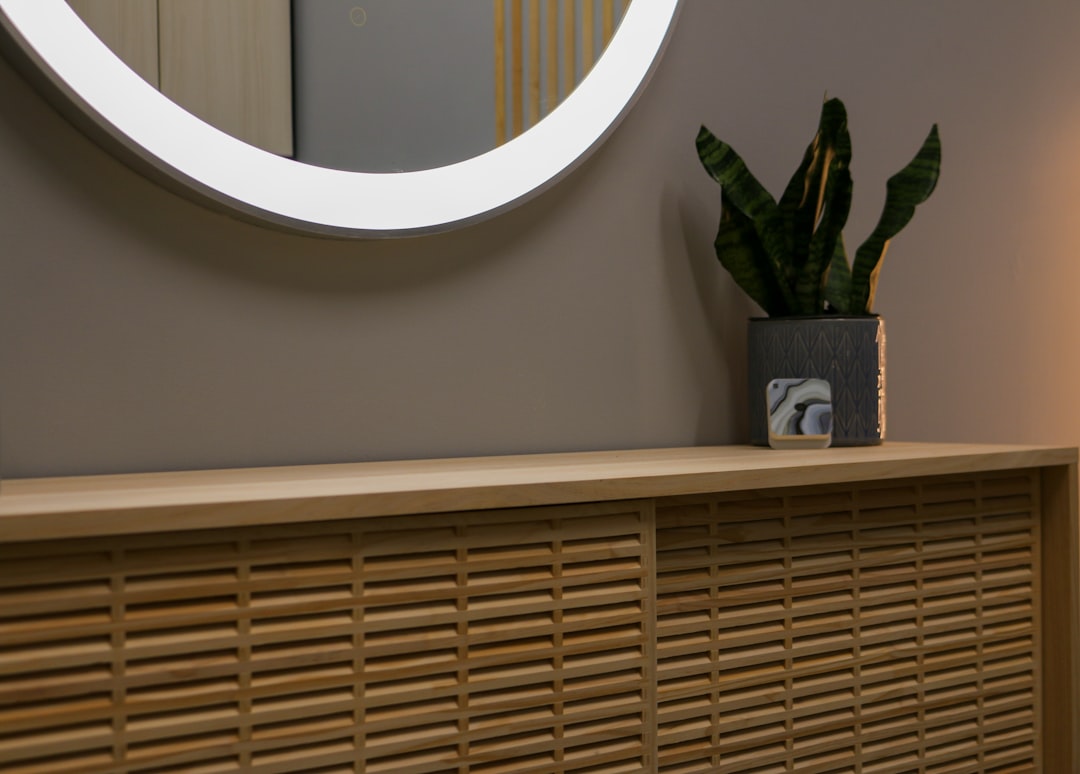Cash registers used to be these big and bulky machines that dominated store counters. They were famous for producing an unmistakable noise when the drawer was opened to collect cash. These were then replaced by computerized systems that were far more advanced. Receipts could be printed, credit cards could be processed, and more products could be included feed into the computer’s memory. The latter revolutionized retail by speeding things up and making more data available for analysis. Now we are in the midst of another revolution, this time brought about by point of sale tablet solutions. It’s easy to see why more retailers are shifting to this new system.
Sleek and Modern
The old technology appears dated given their bulky shells that were patterned after desktop computers. In fact, many are indeed smaller models of desktops optimized for the retail environment. They have the monitor, the CPU, the keyboard, and the mouse as their basic configuration. Attached are receipt printers, barcode scanners, and credit card readers. It can be quite crowded in the cashier’s area because of all these. With a tablet as POS system, things get simplified because input can be direct to the screen. The device itself looks sleek and modern — quite appropriate for the design of chic shops, cafes and restaurants.
Mobile Solution
Tablets were built to be mobile solutions. They are light enough to be carried around a store such that cashiers can go to the customers instead of having the customer go to them. This can be great for restaurants as the bill can be paid right there at the table instead of the waiter going back and forth to the cash register. Just swipe a card through the attachment and it will be good to go. Tablets are unencumbered by wires unlike desktop-based systems. Aside from payments, they can be used by the staff to show customers the specifications of the products they like as well as other important details in the database.
Affordable Systems
The old POS system were quite expensive not just because of the hardware but also the software that came with them. Retailers had to spend tens of thousands of dollars just to be able to set up theirs and begin selling to people. This can be pretty steep for a small business. In contrast, newer systems cost much less and software can be acquired through affordable subscription plans.
Easy to Use
Not only are tablet-based systems more affordable, they are easy to use as well. They have intuitive layouts wherein the buttons on the screen are wide and labeled according to their functions. Even beginners should be able to use them right away. On the back end, there are analytic tools which can be used to review sales performance.








